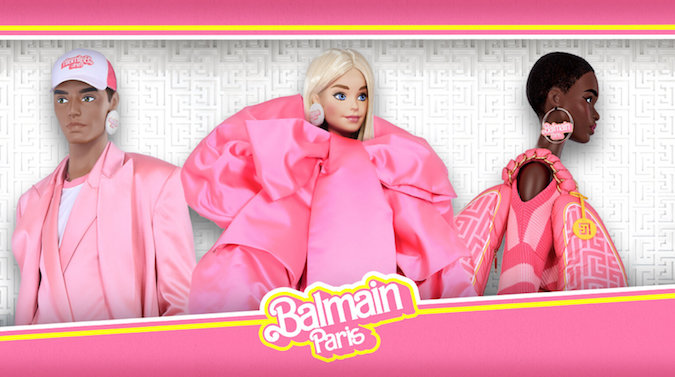Should marketers be using NFTs? (And, what are they?)
Share

If there’s an early buzzword for 2022 it should be NFT. Becoming part of the dialogue for “bitcoin bros” and alike in 2021, NFTs’ reach is now widespread. But what is an NFT? And more importantly, should you include it in your marketing plan?
If you’re reading this thinking that you don’t even know what an NFT is, don’t worry. You are not alone. Some of us are still trying to understand what the Blockchain is and all of a sudden a new player has arrived. It started with Elon Musk (as all roads lead back to). Then, former Twitter CEO Jack Dorsey sold his first ever Tweet as an NFT. The Tweet sold for a remarkable $2.9 million USD.
Think you have a Tweet worth millions? It might not be that simple.
What is an NFT?
At the heart of it an NFT is a non-fungible token. Still confused? Don’t worry, we all are. Non-fungible means it’s unique. In the Bitcoin world, coins are bought and sold for other coins. NFTs are more often digital art, photos, files, videos… Tweets. They’re one-of-a-kind. Purchasing that as an NFT makes the purchaser the owner of said product. They are provided with proof of ownership, and they can now own a piece of internet lore. The purchasers are the early collectors of digital art.
Isn’t this just copyright?
On the surface, this sounds like copyright. But the content isn’t guaranteed to be outrightly exclusive to the purchaser. It’s like owning a Van Gogh but people will still have the magnets of it.
How can NFTs be used for marketers?
This is where things get interesting. Brands have started to take the leap. NFTs are becoming part of marketing strategies, led by the usual suspects: Coke, McDonald’s, Taco Bell, Asics.
These brands saw an opportunity to sell digital content as collectibles. It might sound like an extreme move but old Happy Meal Toys have collected big bucks over the years. Brands are starting to look at how NFT collectables or limited editions can be a new revenue stream. Could it help build loyalty? Is it telling a story? Could it reach a new audience?
It’s new territory for everyone as the first NFT sold in 2014 but it wasn’t a mainstream concept until 2021. McDonald’s, as ever the trailblazer, used its polarising McRib menu item to experiment with NFTs.
Celebrating the burger’s 40th anniversary, the fast food chain had a competition to win digital art of the McRib. The only catch for entering? You needed to be in possession of a crypto wallet with Ethereum.
i present to u the most important NFT. RT for a chance to win one of ten exclusive #McRibNFT
no purch. nec. 50 U.S./DC, 18+ only. winners need crypto wallet to receive NFT. rules: https://t.co/2QRhsPlpur pic.twitter.com/KYmWI67PhG
— McDonald’s (@McDonalds) November 1, 2021
Coke has also joined the NFT party. To celebrate Friendship Day, Coke auctioned four multi-sensory, friendship-inspired NFTs. The pieces of digital art celebrated retro merch from the soft drink company. And, it worked. The top piece fetched more than $575,000 USD.
NFTs aren’t just being used by food and beverage brands. Childhood staple Mattel has teamed up with luxury fashion brand Balmain to make Barbie a little edgier. The famous fashion house, known for its unique silhouettes, is auctioning off Balmain Barbie. But instead of selling physical dolls, the auction will be for a one-of-a-kind NFT Barbie. Winners will own the stylistically unique doll as the first of its kind.
Should my brand be looking at NFTs?
NFTs can be a great revenue stream and a way to reach new audiences. But, it’s a complicated and rather fickle business as well.
However, they’re projected to continue to grow. NFTs are scoped to become mainstream in 2022, becoming a major player in the trillion-dollar marketing industry. It can help campaigns be unique and encourage branding but it’s a risk vs. reward that many of us don’t know yet.
How do I actually buy an NFT?
Sorry. Finding out how to buy was a rabbit hole I wasn’t ready for. Yet.















